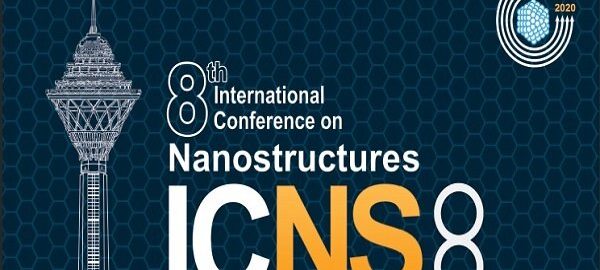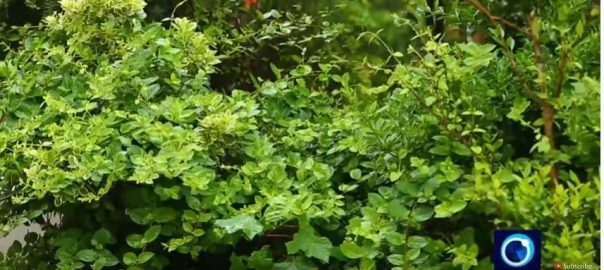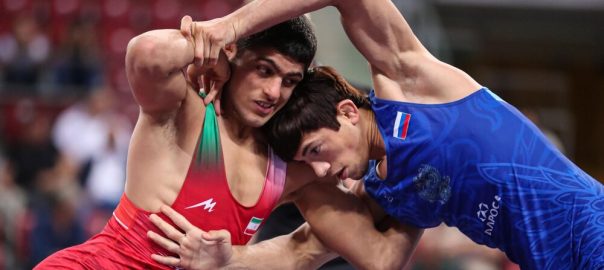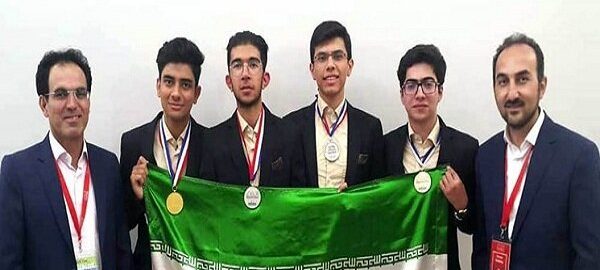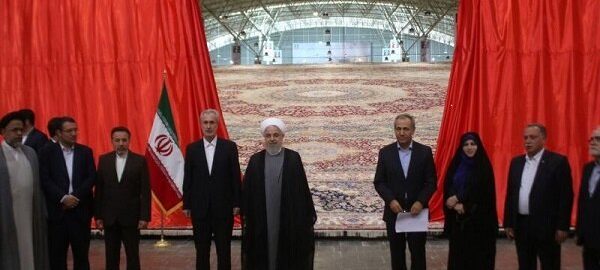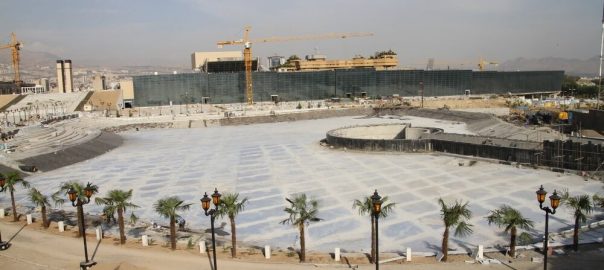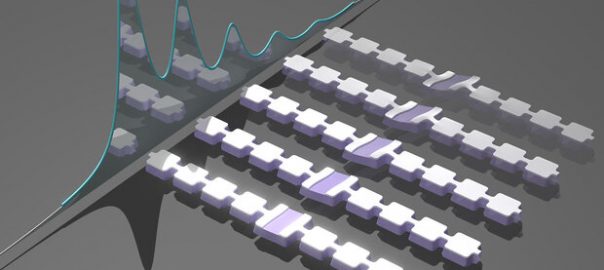Iran national basketball team defeated Jordan 82-70 in a friendly match on Saturday.Mehran Shahintab’s team will meet hosts Russia on Sunday.Iran will also participate at a tournament in China, where they will face Nigeria, Montenegro and Poland from Aug. 19 to Aug. 25.
Iran have been drawn with world’s second-ranked Spain, Puerto Rico and Tunisia in Group C of the 2019 FIBA World Cup.
The competition will be held in China from 31 Aug. to 15 Sept.The 2019 FIBA Basketball World Cup will be the 18th tournament of the FIBA Basketball World Cup for men’s national basketball teams.
Rescheduled from 2018 to 2019, this edition will be the first FIBA Basketball World Cup since 1967 that will not occur in the same year as the FIFA World Cup, but a year following the latter.
Also, the group stage will expand from 24 to 32 teams. The top eight teams, including Japan as the hosts of the 2020 Summer Olympics (and the top two teams from each of the Americas and Europe; and the top team from each of Africa, Asia and Oceania) in this competition will qualify for the men’s basketball event in the 2020 Olympic Games in Tokyo./ Tehran times /


